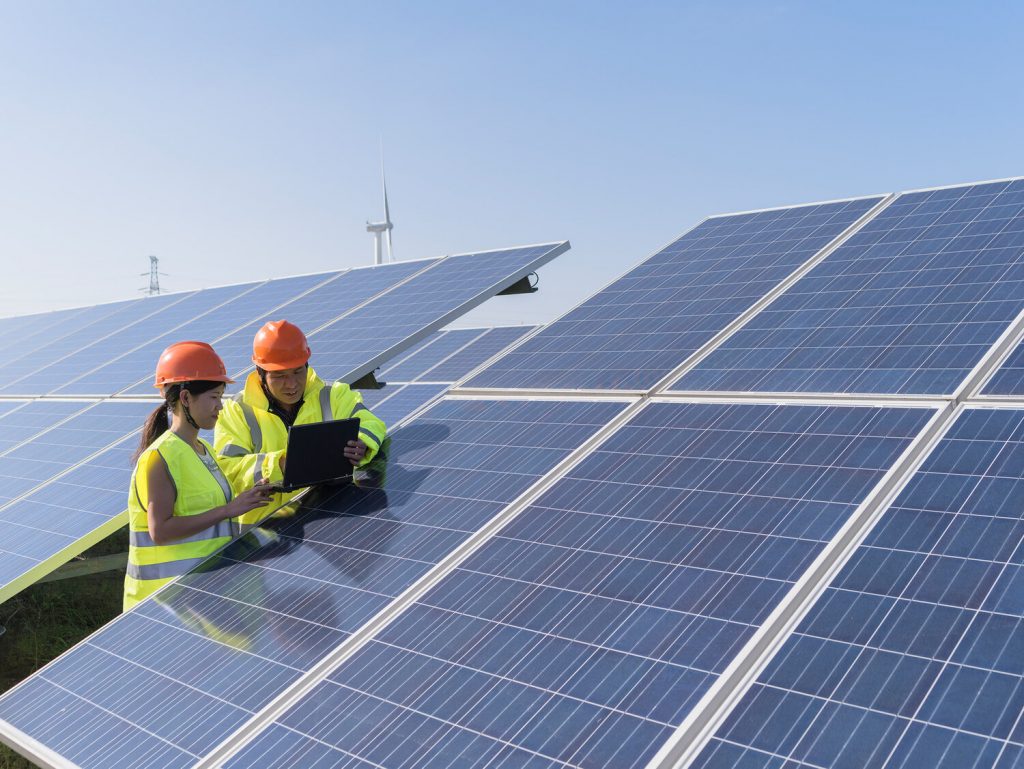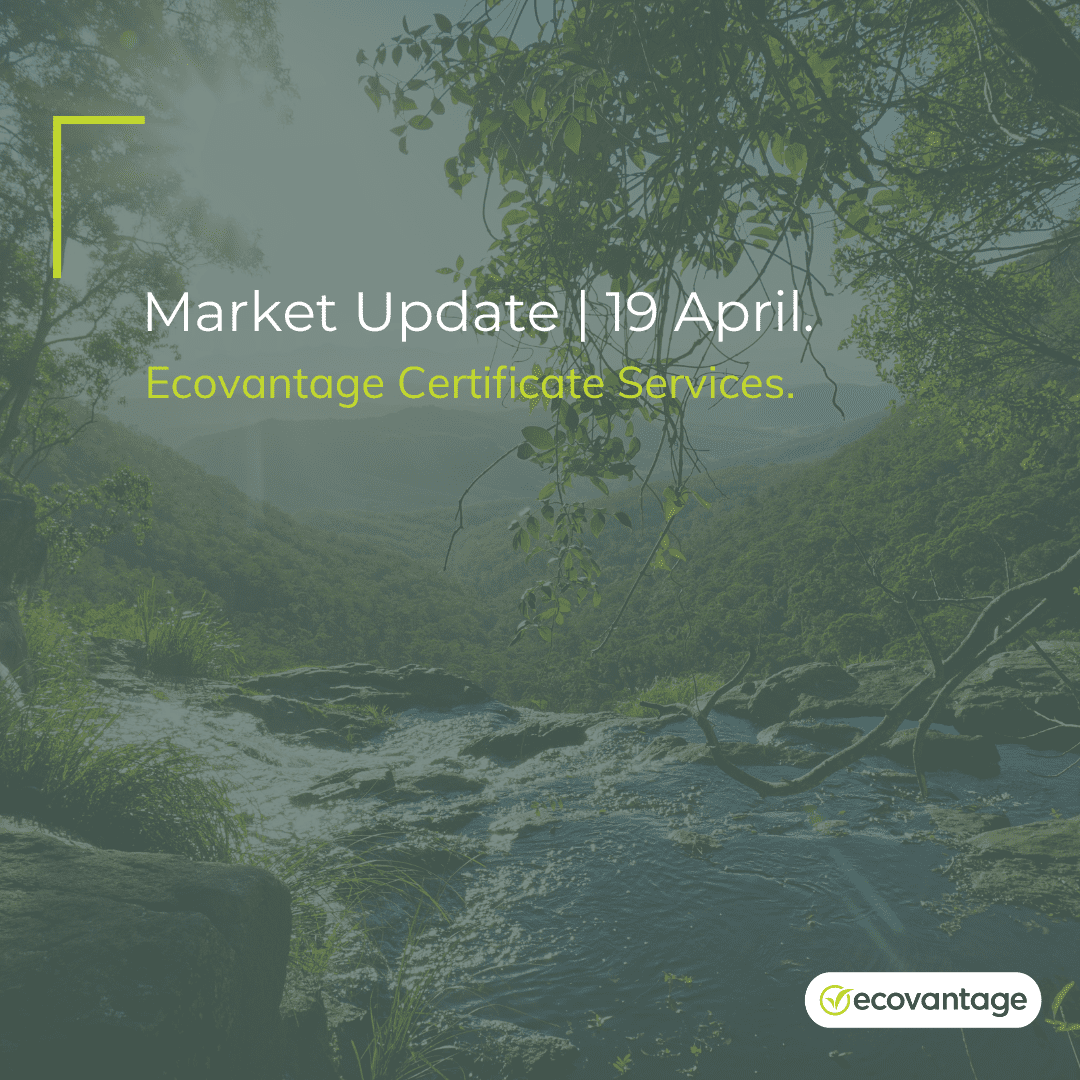What are Renewable Energy Certificates?
The Renewable Energy Target (established in 2001) includes schemes which are periodically introduced to incentivise both commercial and residential consumers to increase their energy efficiency in a variety of ways.
The Renewable Energy Certificates (RECs) available in Australia are divided into:
• LGCs: large-scale generation certificates
• STCs: small scale technology certificates
• VEECs: Victorian Energy Efficiency Certificates (Specific to Victoria)
Once created, these can be traded and sold, like
shares, or surrendered either voluntarily or to
acquit an LGC liability


1 REC = 1 MW/h of renewable energy produced
Each REC is equal to 1 megawatt hour of renewable energy produced. Some companies produce their own RECs for carbon offset and carbon neutrality, others acquire and surrender RECSs to prove carbon abatement. International Carbon Credits (ICCUs) act the same as our Australian certificates, however only Australian RECs can acquit an LGC liability.
Ecovantage is an Accredited Provider to create STC, LGC, VEEC and ESC certificates for our residential and commercial customers. We specialise in prescribed Solar, Lighting, Hot Water, Heating & Cooling and a range of other authorised activities, to help you make the most of your energy projects. Here we will focus on how you can harness certificates for Commercial Solar PV sites.
Generating Certificates.
LGCs.
LGCs can be generated for both new and existing solar installations over 100kW. Unlike VEECS, LGCs are not linked to site consumption. So therefore they can be claimed for solar systems that are independent from a production site.
To generate LGCs, a site has to be registered as an Approved Power Station. Once Ecovantage has been allocated as the registered person eligible to create LGCs, there are a few steps involved that your account manager will guide you through to gain relevant information about the site.
The process in its entirety will take between 5-12 weeks to gain approval. Fortunately, LGCS can be claimed from the date that the first form is submitted.
At Ecovantage we offer two options for monetising:
• Upfront payment
• Forward Curve price: while the market is strong, you can lock in the rates that will provide you the best return for five year (recommended)
VEECs.
VEECs are relatively new to the certificate market, and are only available to sites in Victoria.
Differing to LGCS, VEECs are based on the amount of Solar Energy against your site’s energy usage. The larger the amount of energy saved, the more Solar VEECs you are eligible to create.
VEECs are a “hybrid certificate” in that they are measured for a year (like LGCs) but are then forward paid or “deemed” for the next 9 years, much the same as a VEEC is for a lighting upgrade. In terms of offsetting a project outlay, having 10 years of certificates paid at once is extremely attractive. Couple that with a higher certificate price and you start to see why VEECs for solar are so appealing.
At Ecovantage we offer two options for monetising:
• Upfront payment: you will receive the VEEC value before the Measurement and Verification period begins.
• Fixed Pricing payment: you have the ability to lock in a certificate price now, that will be paid when the VEEC claim is finalised (approximately 12-15 months postenergisation).
STCs.
As the largest ACP in the country, we can create STCs nationwide, either as a full payment service or as a compliance-only service.
Solar PV systems under 100kW are eligible to create STCs. Both STCs and LGCs can be claimed together, with the former being claimed up to 99.9kW, and the latter being claimed for over 100kW. This split claim becomes viable for systems over 150-200kW.

 Victoria
Victoria




